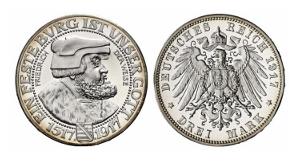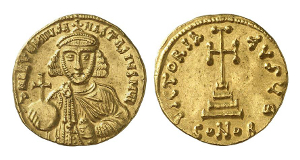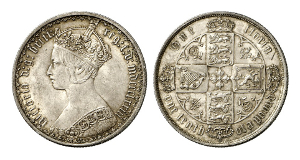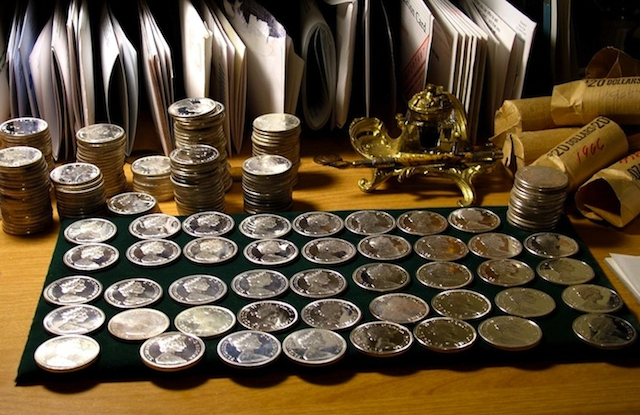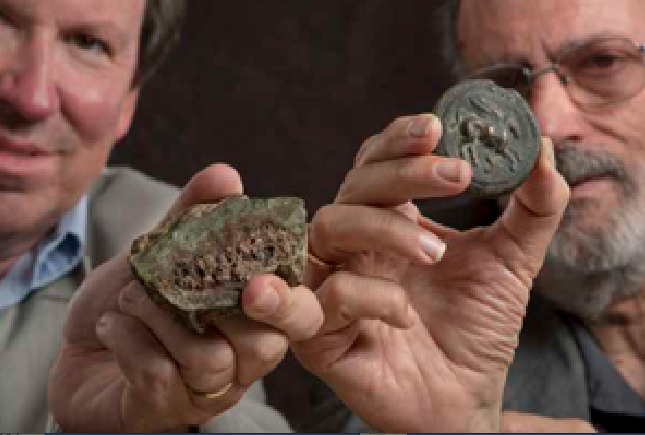Coins of ancient
Ancient coins
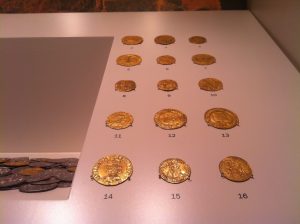 1. Old coins of Russia – gold and silver coins of Prince Vladimir
1. Old coins of Russia – gold and silver coins of Prince Vladimir
These were the first coins minted in Kievan Rus at the end of the 10th century, then at the beginning of the 11th century, they were issued in small quantities and not for long, so they didn’t have much influence on monetary circulation but represent a peculiar group of cultural monuments of Ancient Russia.
Under Prince Vladimir Svyatoslavovich in 988, Christianity became the official religion in Russia. In the cities, the oldest of which were Kiev, Novgorod, Ladoga, Smolensk, Moore, crafts and trade with the southern and western Slavs, the peoples of other countries were actively developed. Continue reading
About buying coins
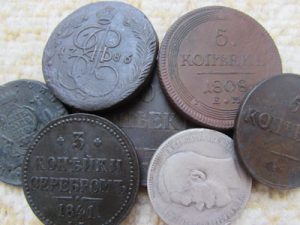 Until recently, buying up coins and their further resale could be quite a successful small business. This is especially true of the 90s, when people, without getting paid for years, carried a lot of coins of the Empire, the USSR, and some sold their collections for a pittance. Today, buying coins is not so profitable. There is one reason – basically there is nothing more to buy, everything has been sold for a long time (drunk). Rarely, when another person finally decides to break his piggy bank and take it up for sale. For this reason, today dealers have to look for coins, where you can buy coins even at market prices, and then sell them a little more expensive through your channels. Continue reading
Until recently, buying up coins and their further resale could be quite a successful small business. This is especially true of the 90s, when people, without getting paid for years, carried a lot of coins of the Empire, the USSR, and some sold their collections for a pittance. Today, buying coins is not so profitable. There is one reason – basically there is nothing more to buy, everything has been sold for a long time (drunk). Rarely, when another person finally decides to break his piggy bank and take it up for sale. For this reason, today dealers have to look for coins, where you can buy coins even at market prices, and then sell them a little more expensive through your channels. Continue reading
FALSIFICATION AND COINS
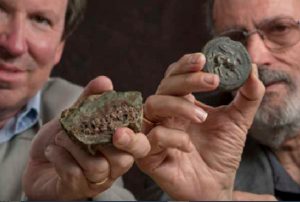 The whole history of numismatics is a kind of struggle with various fakes and other types of falsification. Even novelists, going from hands to hands of collectors, out of ignorance or for other reasons, begin to be called originals. Counterfeiters resort to all sorts of tricks to make the coin look like a script.
The whole history of numismatics is a kind of struggle with various fakes and other types of falsification. Even novelists, going from hands to hands of collectors, out of ignorance or for other reasons, begin to be called originals. Counterfeiters resort to all sorts of tricks to make the coin look like a script.
Counterfeiting is not to be confused with the falsification of collection coins. If in the first case the falsifier forges a collectible, in the other case the object of falsification is the means of payment. There are a lot of very experienced coin collectors, who chose the fake coins of different countries and peoples as the theme of their collecting. Continue reading

